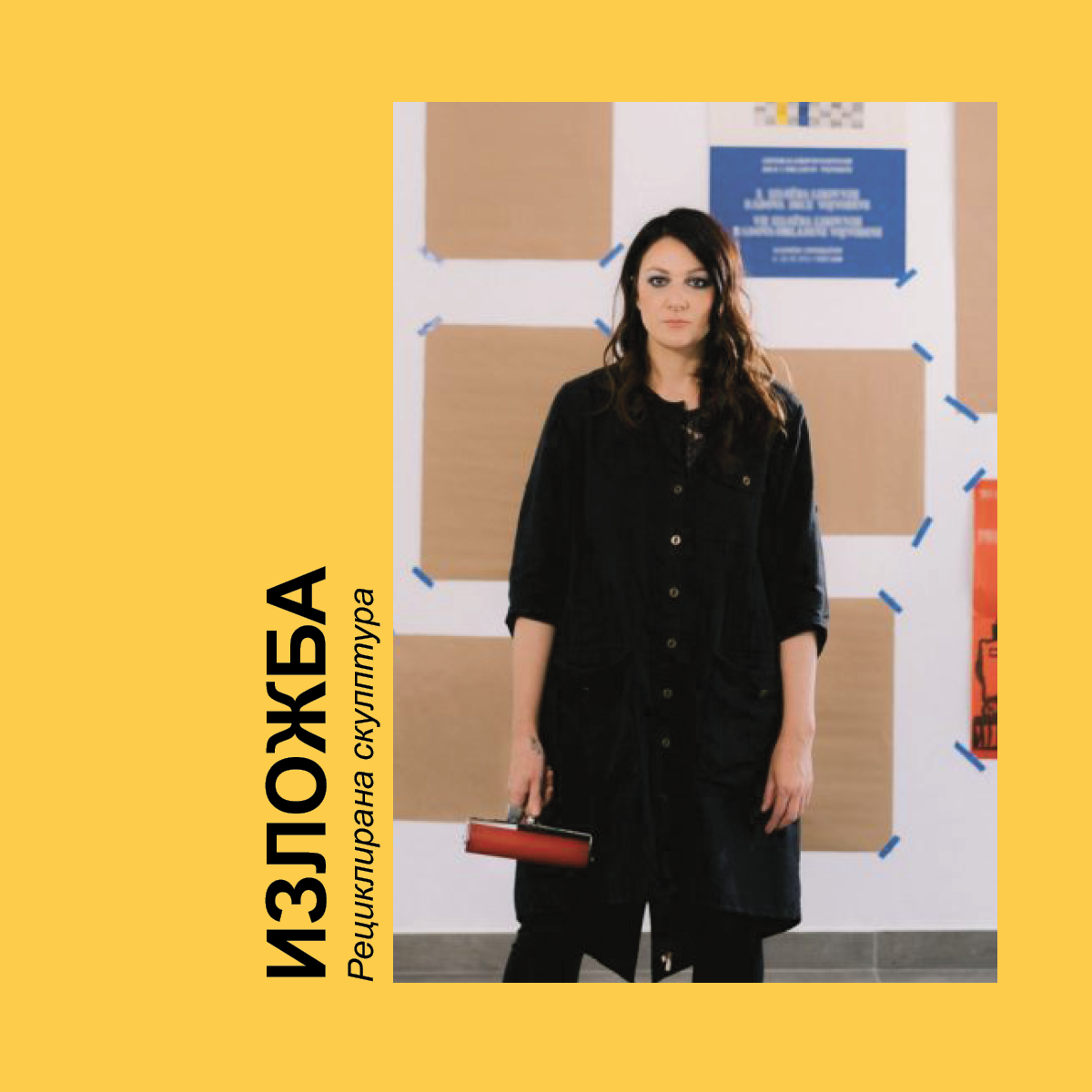
It is important for children, from a very early age, to learn about the world that surrounds them and their environment. They develop good habits and protect their planet by learning about the environmental protection. If we add fine art to ecology, the youngest creative workers develop values, new knowledge and imagination. That is the aim of the ‘Recycled Sculpture’ project by the Centre for Art Education of Children and Youth of Vojvodina – education of children in the field of ecology and fine art.
According to Ljubica Tankosić, it is planned to inform them about the concept and importance of recycling, and their further usage by creating sculptures, within the programme and three workshops.
‘Children will have a chance to gain some knowledge about the possibility for recycling through fine art and practical work, i.e. how we can give different ‘waste’, and already used materials, a ‘new life’. First workshop day is reserved for interaction between participants and introduction to terms, materials and techniques, which will be followed by the practical work on creating sculptures and reliefs. The second day, we are planning to do an experiment and play with different materials, textures and shapes. The third, closing day, we are planning to finish and paint the sculpture,’ explained Ljubica Tankosić.
Furthermore, children will learn what the shaping in the space, relief, static and mobile sculptures are. They will be introduced to work of famous artists who dealt with the sculpture shaping, as well as different materials, by using different cardboards, newspapers, ropes and colours.
‘By using different materials and elements of fine art, children use perception, imagination and creative thinking. The problem is tackled from a different angle, and motor and graphomotor skills are being developed. The work in a group develops teamwork among children, makes them find a common solution, improve communication, tolerance and agreement. They also brainstorm ideas, develop imagination, while work on a bigger sculpture aims at bigger movement of a child in the space. Children gain driving force by exploring and playing with different materials. It makes them engaged and develops their intellectual, emotional and fine art potentials, while working in a group learns them about responsibility, choice, cooperation and establishment of criteria,’ stressed Ljubica and adds:
‘The programme itself is the artistic creativity of children and youth, but within a more complex process. We want to develop aesthetics sense and new knowledge, values and skills among children, to connect them with cultural institutions and make them feel comfortable there. We also wish to stimulate imagination that will be crucial when solving different problems they will encounter during life.’
The result of the workshop is the implementation of the sculpture with the closing exhibition in the Mlin Cultural Station, on 8 September at 6:30 p.m. The ‘Recycled Sculpture’ project is one of the 42 projects that received funds within the ‘Artists. Now!’ public call of the ‘Novi Sad 2021 – European Capital of Culture’, aimed at strengthening local cultural scene, raising its capacities through a network of cultural stations, decentralisation of culture and audience development.